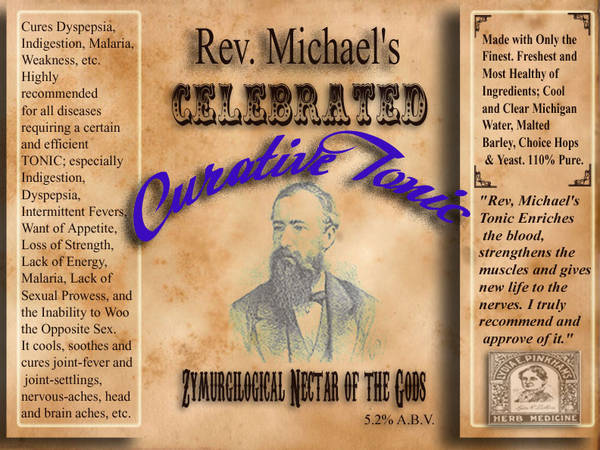Biology and chemistry of sourdough
Two loaves of naturally-leavened (sourdough) bread.A sourdough starter is a stable symbiotic culture of bacteria and yeast present in a mixture of flour and water. The yeasts Candida milleri or Saccharomyces exiguus usually populate sourdough cultures symbiotically with Lactobacillus sanfranciscensis.[1]. Lactobacillus sanfranciscensis (bacteria) was named for its discovery in San Francisco sourdough starters.
Often a starter will consist of basic items such as: water, bread flour, rye flour and a sourdough starter which can be purchased at certain grocery stores. Once the starter is made water and flour must be added in time increments over a period of days. Depending on the locale of the bakery and the type of bread being made, the starter can be either a relatively fluid batter or a stiffer dough; as a general rule, the more sour breads are made with a liquid starter. Firm starters (such as the Flemish Desem starter) are often more resource-intensive, traditionally being buried in a large container of flour to prevent drying out.
A fresh culture begins with a mixture of flour and water. Fresh flour naturally contains a wide variety of yeast and bacteria spores. When wheat flour contacts water, naturally-occurring amylase enzymes break down the starch into complex sugars (sucrose and maltose); maltase converts the sugars into glucose and fructose that yeast can metabolize. The lactobacteria feed mostly on the metabolism products from the yeast. [1] The mixture develops a balanced, symbiotic culture after repeated feedings.
There are several ways to increase the chances of creating a stable culture. Unbleached, unbromated flour contains more microorganisms than more processed flours. Bran-containing (wholemeal) flour provides the greatest variety of organisms and additional minerals, though some cultures use an initial mixture of white flour and rye flour or "seed" the culture using unwashed organic grapes (for the wild yeasts on their skins). Using water from boiled potatoes also increases the leavening power of the bacteria, by providing additional starch. Bakers recommend un-chlorinated water for feeding cultures. Adding a small quantity of diastatic malt provides maltase and simple sugars to support the yeasts initially.[2]
The flour-water mixture can also be inoculated from a previously kept culture. The culture is stable due to its ability to prevent colonization by other yeasts and bacteria as a result of its acidity and other anti-bacterial agents. As a result, many sourdough bread varieties tend to be relatively resistant to spoilage and mold.
















































![Craft A Brew - Safale BE-256 Yeast - Fermentis - Belgian Ale Dry Yeast - For Belgian & Strong Ales - Ingredients for Home Brewing - Beer Making Supplies - [3 Pack]](https://m.media-amazon.com/images/I/51bcKEwQmWL._SL500_.jpg)












 Warning: Geek info ahead from my microbiology days...
Warning: Geek info ahead from my microbiology days...
